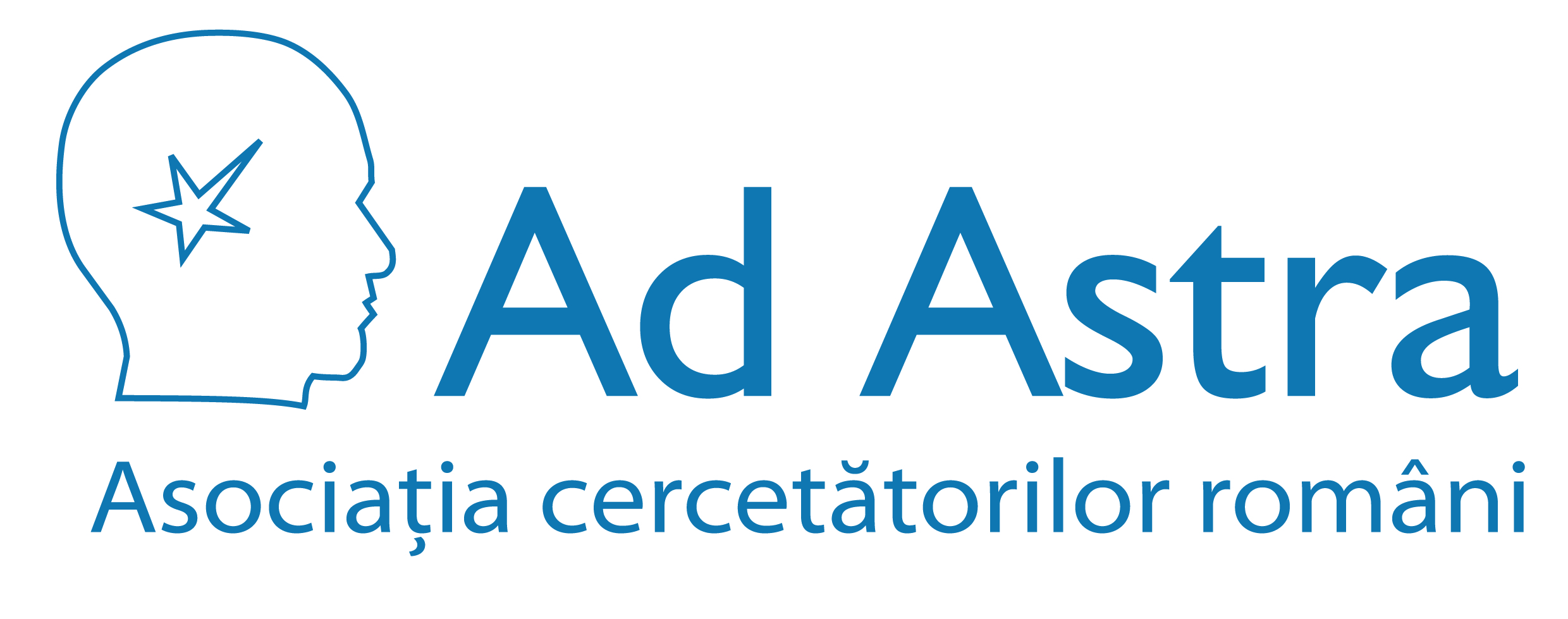Scopul nostru este sprijinirea şi promovarea cercetării ştiinţifice şi facilitarea comunicării între cercetătorii români din întreaga lume.
Staff Login
Tisza river case study
Domenii publicaţii > Ştiinţele pământului şi planetare + Tipuri publicaţii > Capitol de carte
Autori: Chichoş A, Csete M, Dzurdzenik J, Göncz A, Huzui A, Petrişor AI, Király D, Pálvölgyi T, Schneller K, Staub F, Jaroslav T, Toth G
Editorial: Schmidt-Thomé P, Greiving S, Wiley & Blackwell, European climate vulnerabilities and adaptation: A spatial planning perspective, p.205-229, 2013.
Rezumat:
The river Tisza has the largest catchment area among the tributaries of the river Danube. It covers nearly 160 000 km2 and has about 14 million inhabitants. Extreme weather phenomena are already a serious problem in the region. According to the forecasts, the frequency of extreme weather events in the context of droughts and excess water flooding is expected to increase as a result of climate change. In the course of the vulnerability assessment the impacts of changing frequency of extreme weather (floods, drought and excess water inundation) events were analysed using the uniform methodology.
In the case study, the result values of exposure indicators of COSMO CLM were compared with results of regional analysis. According to the results of the comparison, the quantitative change of summer and winter precipitation were taken as exposure indicators form the COSMO CLM study. Sensitivity was analysed by means of two indices in the economic dimension, while in the physical dimension the impacts were assessed directly by four indices, where the analysis were based on the maps of LISFLOOD model. Indicators of adaptive capacity characterise the social and economic as well as infrastructure conditions, showing how the regions are capable of coping with unfavourable changes. Vulnerability was calculated on the basis of potential aggregated impact and aggregated adaptive capacity.
Based on the results of impact analysis in the physical dimension the most negative impacts are to be expected on the upstream (mountainous and hilly regions) section of the Tisza and its tributaries, although most of the current potential flood prone areas are found on the downstream section (on the plain) of the Tisza and tributaries. In terms of economic impacts the picture is more divers, but the highest increase is predicted mainly on the lowland and hilly part of the Tisza basin.
The geographical distribution of the aggregated adaptive capacity indices shows a diverse picture. In Slovakia, adaptive capacity is medium or high, while in Hungary all degrees of adaptive ability can be experienced. The regions of Romania are characterised by low and very low values except for Arad, Timiş and Cluj counties.
The ultimate result of the vulnerability analysis proved the results obtained from the two partial analyses (aggregated impact and adaptive capacity), namely, that in the water catchment area of the Tisza the most vulnerable counties are around the Apuseni Mountains in Romanian.
Cuvinte cheie: river basin, flood risk, excess water, drought, agriculture, spatial planning, trans-national strategy
URL: http://onlinelibrary.wiley.com/doi/10.1002/9781118474822.ch12/summary

